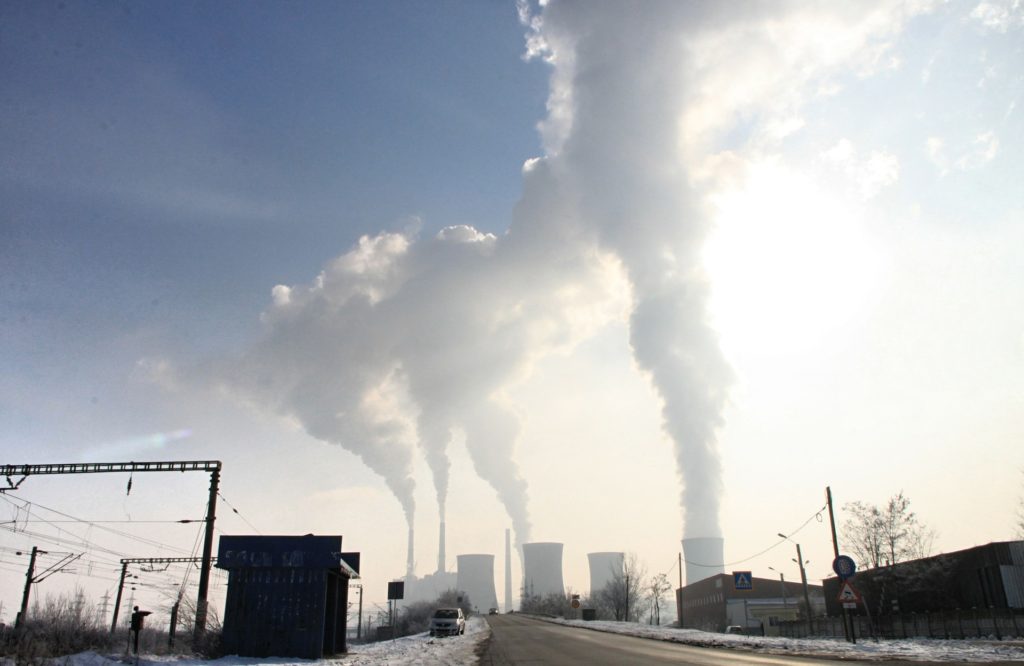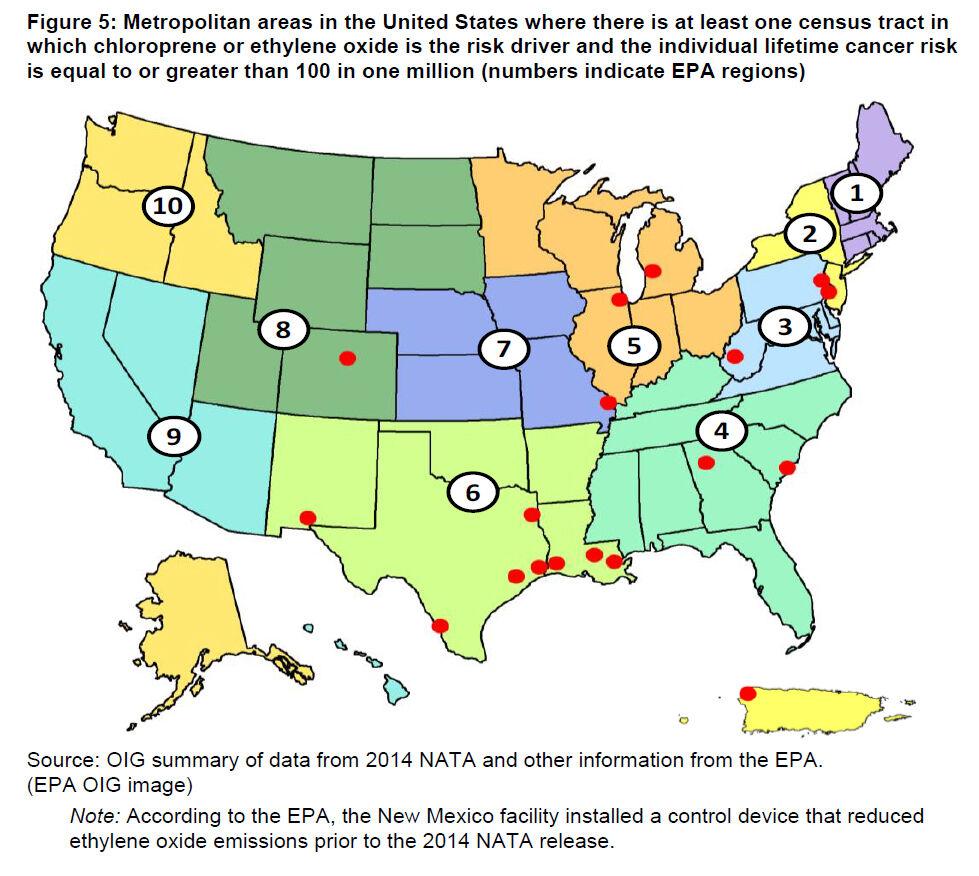
An environmental group is demanding that the U.S. Environmental Protection Agency take emergency actions to reduce chloroprene emissions at the Denka Performance Elastomer manufacturing plant in LaPlace and ethylene oxide emissions at two nearby chemical plants, charging that EPA’s own data show nearby minority and low-income residents of St. John the Baptist Parish face the highest risk of cancer in the country. The petition was filed with EPA Administrator Michael Regan on behalf of the Concerned Citizens of St. John group on Thursday, the same day that EPA’s own inspector general also demanded that the agency move quickly to upgrade regulation of chloroprene and ethylene oxide to reduce cancer risks in St. John and Ascension parishes and 16 other U.S. locations. “The high cancer rates in St. John the Baptist Parish are an emblematic example of environmental racism,” said Maryum Jordan, an attorney with the Lawyers’ Committee for Civil Rights Under Law, which is representing the activists group. “The communities affected by the Denka facility would greatly benefit from comprehensive, protective air regulations.” The inspector general report also tied increased regulation to environmental justice concerns. “Minority and low-income populations are disproportionately impacted by chloroprene and ethylene oxide emissions,” the report said, adding that EPA’s own environmental justice screening tool found that “100 percent of the people living in the same census block group where Denka is located are minorities and 49 percent of them are low-income.”
nola.com
in the report, the EPA conduct new “residual risk and technology reviews” for chloroprene and ethylene oxide manufacturing dud to the high incidence of cancer by those living near the plant. EPA has found both chemicals to be cancer causing as contrasted with the State and LSU who maintain no clear aggregate can be made. Denka maintains that they have not deviated from the State standards and, in fact, have reduced the cancer incidence by 85% based on 2019 emissions
.

Denka is the only manufacturer of chloroprene in the U.S. According to the Concerned Citizens petition, ethylene oxide is being released from the Evonik Corp., three miles away in Reserve, and the Union Carbide Corp. Taft/Star plant, seven miles away in St. Charles Parish. The inspector general report lists three plants in Louisiana that were determined in 2014 as contributing to cancer risks equal to or greater than 100 in a million in local census blocks – a group of census tracts – in Ascension Parish: BASF Corp., Geismar, Dow Chemical Co., Plaquemine and Shell Chemical LP, Geismar. It says most cancer risk to residents living and working in census tracts nearest the Denka plant results from chloroprene from that plant, but it adds that “a significant portion” of the elevated cancer risk results from their exposure to ethylene oxide emissions from Union Carbide and Evonik. The report also said that while Denka’s chloroprene emissions have dropped significantly since the company agreed to install new equipment in 2018, a 12-month rolling average of readings at six local monitoring sites still indicates emissions exceed the EPA cancer risk level of 0.2 micrograms per cubic meter, and that short-term spikes exacerbate that problem.
The report also included the opinion that due to the rolling annual averages that the EPA’s existing regulations governing chloroprene “may not be protective of human health.”
In its petition, the Concerned Citizens group pointed to readings at a monitor on Chad Baker Street averaging 1.6 micrograms per cubic meter between October 2019 and September 2020, and to one reading that was as high as 22.6 micrograms per cubic meter. At East St. John High School, the petition said, the average between October 2019 and September 2020 was 0.3 micrograms per cubic meter, higher than the agreed limit. “Our families are dying of cancer because for the last four years EPA has ignored our community and allowed companies like Denka to dump hazardous pollution into our air,” said Mary Hampton, a member of Concerned Citizens.

Denka goes back to the State and LSU studies that indicate no difference in the cancer rates even though the LSU study had caveats on what they could not show. In short, a new and conclusive study, maybe by a third party, is needed to solve this question.



